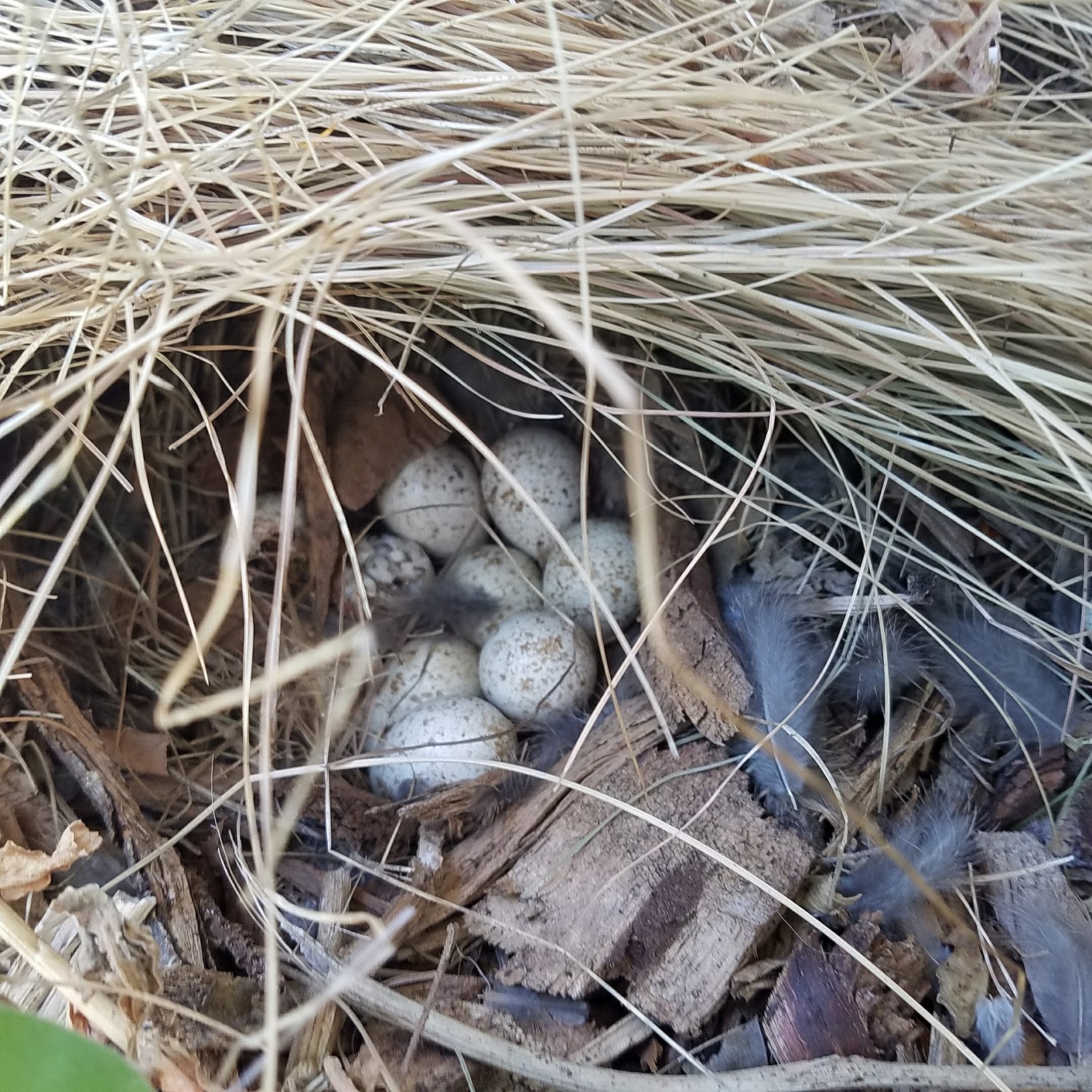The amazing California quail
California Quail, Callipepla californica. Although called “California “, this quail has a large range, extending from the tip of Baja California all the way north into British Columbia and east as far as Utah. This portrait shows the male. The female has a smaller head plume and is much duller in color overall, being mostly gray and brown. Every time I see a male, I find it hard to believe that the plume is made up of 6 feathers.
 |
| The amazing California quail |
The California quail is an uncommonly well disposed feathered animal that normally aggregates in little runs known as "bundles". One of their consistently shared activities is a buildup shower. A get-together of quail will pick a zone where the ground has been as of late turned or is fragile, and using their underbellies, will burrow plummeting into the soil someone to two inches. They by then wriggle about in the spaces they have made, vacillating their wings and agitating their in any case quiet aura, making dust climb observable all around. They seem to slant toward brilliant places in which to make these buildup showers. An ornithologist can distinguish the closeness of quail in a zone by identifying the indirect spaces deserted in the fragile earth, some 7–15 cm (2.8–5.9 in) in expansiveness.
 |
| The amazing California quail |
They are all year tenants. Regardless of the way this winged animal agrees well at the edges of urban zones, it is declining in specific locales as human peoples increase. They were at first found chiefly in the southwestern United States anyway they have been brought into various zones including British Columbia, Hawaii, Chile, Uruguay, Brazil, Argentina, Peru, South Africa, New Zealand, and to Norfolk Island and King Island in Australia. These winged animals search on the ground, normally scratching at the soil. They can a portion of the time be seen dealing with along the edges of lanes. Their eating routine includes generally of seeds and leaves, yet they moreover eat a couple of berries and dreadful little creatures; for example, Toyon berries are an average sustenance source. If astonished, these fowls explode into short speedy flight, called "flushing". Given a choice, they will commonly escape on foo
Their raising common environmental factors is shrubby locales and open woods in western North America. The house is a shallow scratch fixed with vegetation on the ground underneath a bramble or other spread. The female when in doubt lays approximately 12 eggs. When delivered, the energetic band together with the two adults. Consistently, families pack together, into multifamily "open broods" which consolidate in any occasion two females, different folks and various descendants. Folks related with families are not commonly the genetic fathers. In extraordinary years, females will lay more than one handle, leaving the delivered energetic with the related male and laying another grasp, much of the time with an other related male.
 |
| The amazing California quail |
They have a variety of vocalizations including the social "chicago" call, contact "pips" and advised "pips". During the raising season, folks express the agonistic "squill" and will routinely meddle with their social mate's "chicago" call with a "squill," a potential sort of antiphonal calling.
The California quail is the state flying animal of California. It was developed as the state winged creature in 1932.
The quail masses has wavered basically all through California. At the point when overflowing in San Francisco, by 2017 only a solitary California quail remained in the city. Close by birders named the male feathered animal Ishi after the last known individual from California's Native American Yahi group.
If you like the article, share it with your friends


















